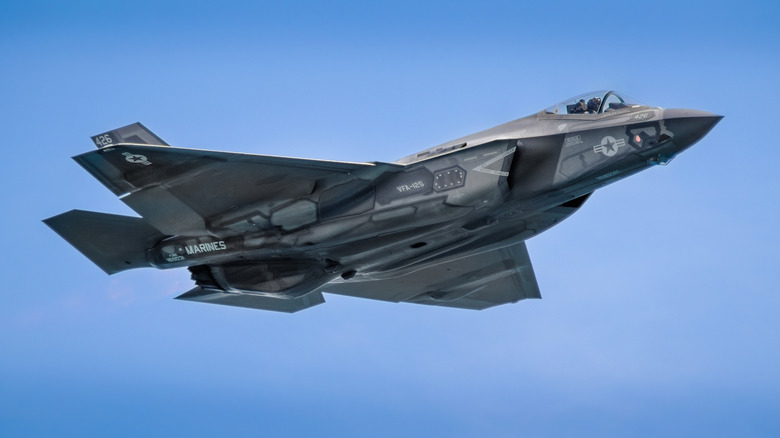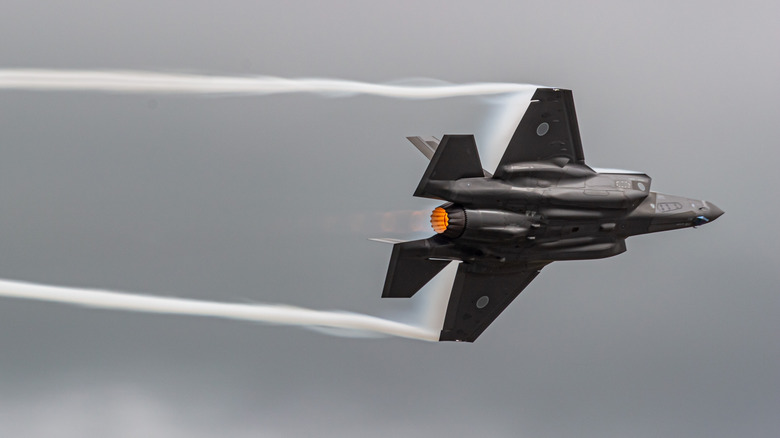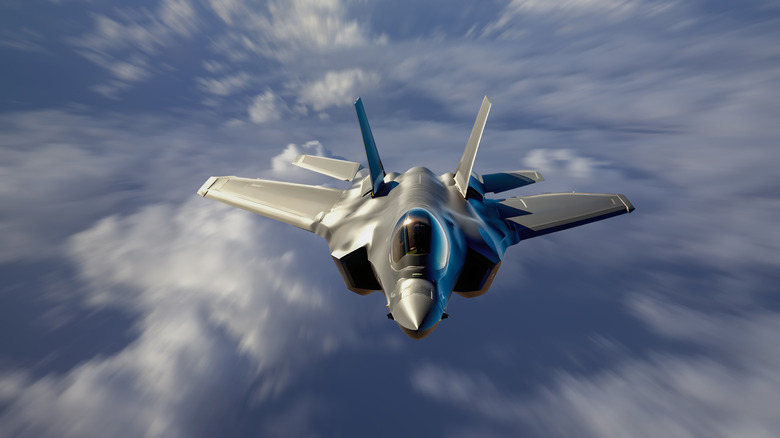
One of the most unsettling feelings while flying is a sudden case of turbulence, especially if it's particularly violent. However, does this phenomenon affect more agile and high-tech planes like fighter jets, or are they immune to the natural effects of aerodynamic disturbances? The answer is that neither aircraft nor rotorcraft can escape the inevitability of choppy air during a flight. Fighter jets experience both atmospheric and manmade turbulent conditions, although pilots rarely notice.
While
larger aircraft can still experience turbulence, they tend to cruise through air currents smoothly because of their mass and their wings being able to flex more compared to the less forgiving wings and a stiffer fuselage of modern fighter jets. Fighter jets can experience both atmospheric and manmade turbulence. Atmospheric turbulence is when a fighter jet is flying at 30,000 feet and experiences the natural effects of air pockets due to fast-moving air creating sudden wind shear, resulting in the altitude jolts we're all accustomed to. Wake vortices while flying in formation or refueling are manmade turbulence causes for fighter jets.
Read more: 10 Airplanes That Managed To Fly With Staggeringly Low Horsepower
How Fighter Jets Experience And Manage Turbulence

Rigid airframes and precision flight control systems enable fighters to handle unstable air easily, despite still feeling it. Because fighter jets fly so fast, even small disturbances in airflow feel more significant. Modern fighters can fly through turbulent air that other aircraft can't because of the precision of advanced fly-by-wire systems that help to reduce instability.
Jets like the advanced fighter jet F-35 can dampen fast-moving air disturbances, so pilots can keep their minds on the mission no matter the air situation outside. There are common environments where fighter jets encounter rough air other than high altitudes, such as over mountain ranges, where air is forced upward and creates waves that can extend for miles into the sky and can give an aircraft significant turbulence effects. A strong storm system can toss around a fighter jet long before seeing dark clouds, which can catch pilots off guard.
How Turbulence Can Still Affect Fighter Jets

Innovations in sensor and stability augmentations allow newer jets to fly safely in environments where older aircraft wouldn't have a chance, as in the case of the XB‑70 Valkyrie prototype incident. On June 8, 1966, an XB‑70 flew alongside a NASA‑registered F‑104N Starfighter; the F‑104 Starfighter drifted into the XB‑70's right wingtip wake vortex, causing it to roll upward and cross over the top of the Valkyrie. The official report pointed to turbulence as the root cause of the crash and loss of the aircraft, showing how dangerous these forces can be.
Aerodynamic disturbances remain a common challenge in all of aviation, making intense flying difficult for pilots. No matter how advanced a fighter jet's control system gets, pilots will still feel the result of unstable air, whether it's refueling, flying at supersonic speeds at high altitudes, or during low-level ground strikes. NASA studies and other research into the effects of air pockets continue to pave the way for state-of-the-art dampening systems and fifth-generation jet flight controls, producing better handling and safety overall.
Want the latest in tech and auto trends? Subscribe to our free newsletter for the latest headlines, expert guides, and how-to tips, one email at a time.
Read the original article on SlashGear.











